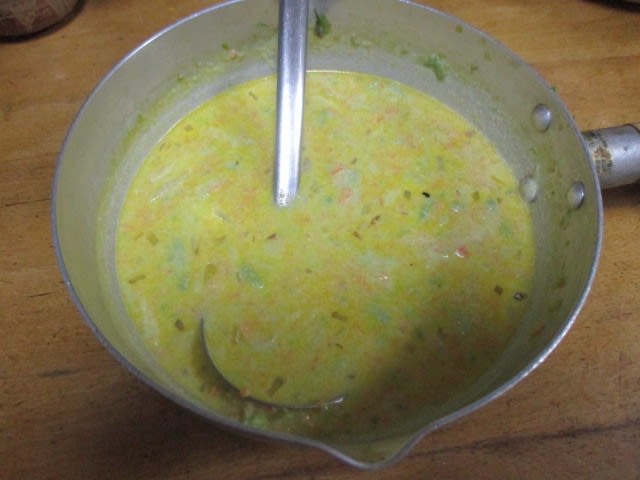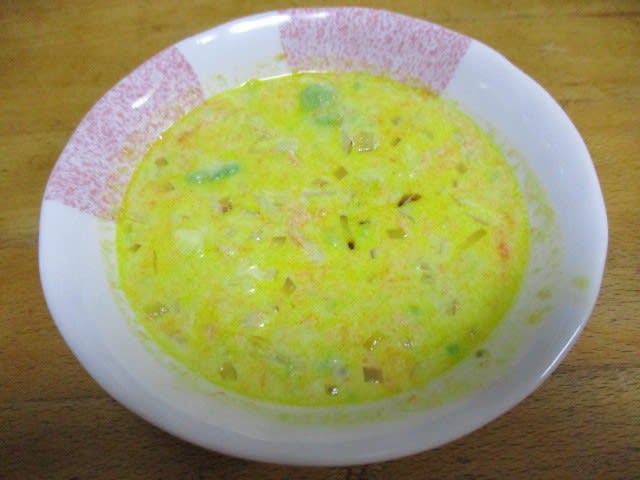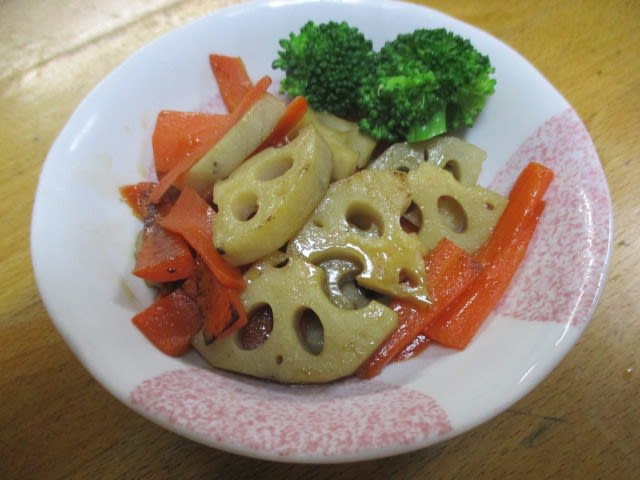いかなごの釘煮
神戸や明石等では、春一番の旬のおふくろの味として各家庭でくぎ煮を作り、親戚や知人にお配りする風習があります。
イカナゴの漁(稚魚シンコ)が今年は3月4日に解禁され、神戸垂水港では新鮮なシンコが水揚げされ開店前から主婦が待ちかまえる。


①鍋に醤油200mℓ・砂糖200g・酒100mℓ・みりん150mℓを入れ煮立てる。
②いかなご1kgを洗い、千切り生姜50gを均一に混ぜ、水を切り①に2回に分け加え強火で煮立て、アクを取り除き、落と蓋をして30分煮る。
*一度に入れると温度が下がる、少量の場合は1度に入れてよい。
③煮汁が上から見えなくなれば、弱火にし、煮汁が少し残るまで煮て、火を止める。*煮る途中、箸などでかき混ぜないこと。
④あら熱が取れたら鍋ごと軽く振り、煮汁を全体にからませ、平ザルにあけて冷やし、出来上がり。
*水あめを使うとつやが出る、その分砂糖は減らす。
*実山椒・レモン・水煮筍・千切り椎茸等を加えるのも好みによる。
*残りの煮汁はほかの料理か、新たにいかなごを煮る煮汁に使うとよい。
Boiled crab nails
In Kobe, Akashi, etc., there is a custom to make nailini at home as the taste of the mother in the first season of spring and distribute it to relatives and acquaintances.
The ban on fishing for squid (juvenile cinco) was lifted on March 4 this year, and fresh shinko is landed at Kobe Tarumizu Port, and housewives are waiting for it even before the store opens.


①Put 200ml of soy sauce, 200g of sugar, 100ml of sake and 150ml of mirin in a pot and bring to a boil.
➁Wash 1 kg of crab, mix 50g of shredded ginger evenly, drain the water and add to ① in 2 doses, simmer over high heat, remove scour, cover with a lid and simmer for 30 minutes.
* If you put it in one time, the temperature will drop, and if you put it in a small amount, you can put it at 1 degree.
③When the broth is no longer visible from above, reduce the heat to low, simmer until a little broth remains, and turn off the heat. * Do not stir with chopsticks during simmering.
④When the heat is removed, shake the pot lightly, entangle the broth all over, open it in a flat colander and cool, and voila.
* Using starch syrup makes it shiny, and reduces sugar.
* It depends on your preference to add sansho, lemon, boiled bamboo shoots, shredded shiitake mushrooms, etc.
* The remaining broth can be used for other dishes or for new rafts.

















































